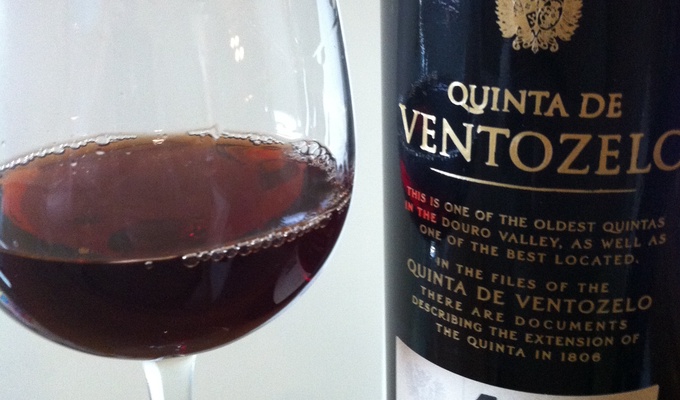Port wine is a fortified wine that is entirely produced in the Douro valley of northern Portugal.
Port wine was invented in the mid-1600s, when English traders, in order to avoid punitive taxes on French wines, purchased the red wines of the Duoro valley, fortified them with brandy for the voyage to England, and sold them to the English domestic market. The addition of brandy interrupts the fermentation of the wine, preserving more of the original sweetness. In practice, most port is now made with simple grape spirit rather than brandy, both because it is simpler and to preserve more of the original character of the underlying Douro wine.
Port is made in two main styles, called ruby and tawny. The difference is mainly in whether the aging is performing in sealed vessels or in air-permeable wood; tawny ports are aged in wood and therefore have more oxidation, and a darker, nuttier flavor than the bright, fruity flavor of ruby. There also exists white port, which is made with white grapes, and which is a less common style.
There are many port varieties, which are managed by the Portuguese Instituto dos Vinhos do Douro e Porto (IVDP). Essentially, there are two main categories: "normal" ports, consisting of standard ruby ports, three-year-old tawny, and white port, and Categorias Especiais, which indicates an older port or a premium product.
